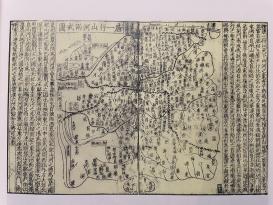More than ten thousand local gazetteers have been preserved in China and most of them include special chapters on fenye (field allocation). Fenye, which emerged as a theory no later than the Warring States period (475 BCE–221 BCE), associates the stars with terrestrial events. It was originally used in astrology to determine the spatial range of astronomical predictions. In local gazetteers, it was mainly used to calibrate specific geographical ranges. The compilation of local gazetteers became common practice during the Southern Song dynasty (1127 CE–1279 CE), and fenye was an essential component. Fenye and local gazetteers coexisted over a period of more than a thousand years, up until the final gazetteers were published. The goal of this project is to find out how fenye came to be a common feature in local gazetteers.
In order to reach this goal, data from the local gazetteer database is used to clarify the selection criteria applied to content during the compilation of local gazetteers. At the same time, I summarize the basic forms of fenye in previous dynasties. The earliest documents that can be identified as local gazetteers are examined, and any occurrence of fenye is organized chronologically. Combining my findings with those of previous studies, I determine the basic content and rules of the use of fenye in early local gazetteers. In particular, I note which sections contained fenye and consider the factors that made fenye a necessary part of local history.

